The Philippine Flood Control Corruption Scandal: A Nation Rising Against Ghost Projects and Betrayed Trust
When President Ferdinand “Bongbong” Marcos Jr. stood before Congress on July 28, 2025, and proudly declared that over 5,500 flood control projects had been completed under his administration, the room erupted in applause. The President promised even more—ten major projects over the next 13 years, with a staggering budget of ₱500 billion.
But just weeks later, that applause would turn into a storm of outrage, protests, and a scandal that many now say could rival the biggest corruption cases in Philippine history. What began as a bold declaration of progress soon unraveled into accusations of ghost projects, dubious contractors, and billions in taxpayer funds vanishing into thin air.
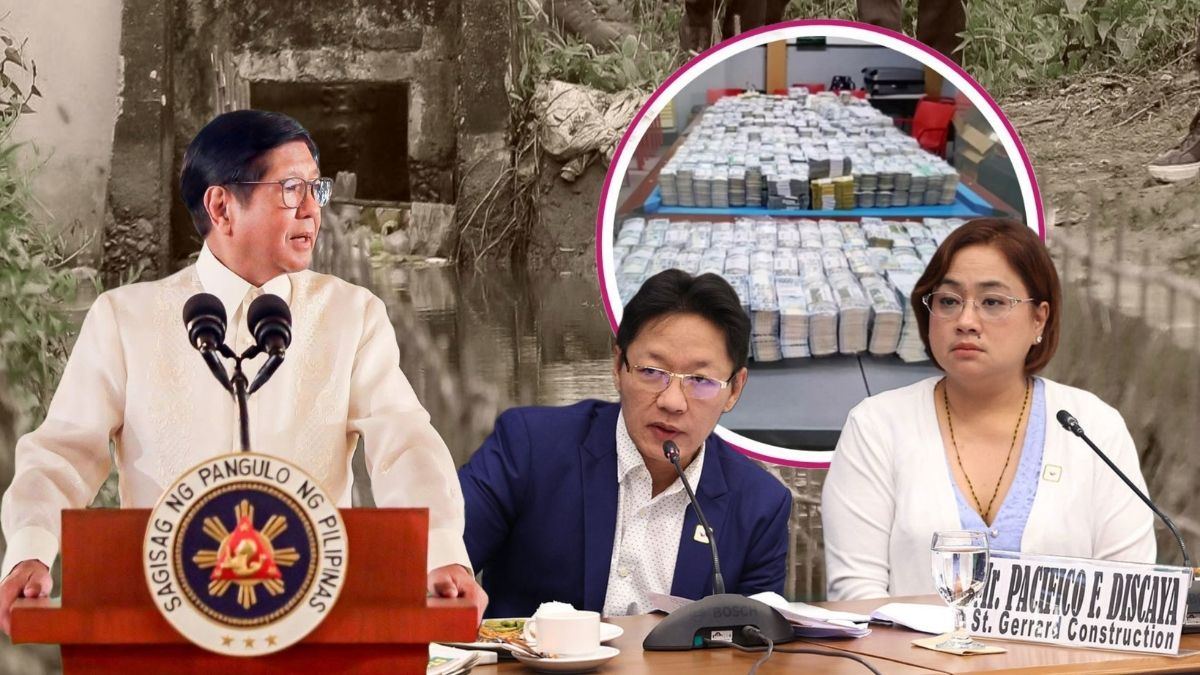
Promises of Protection, Reality of Betrayal
The Philippines, a country that suffers from devastating floods almost every year, desperately needs robust infrastructure to protect communities. Marcos’s promises in his State of the Nation Address (SONA) struck a chord with millions of Filipinos weary of flooded streets, ruined homes, and lost lives.
But the celebration was short-lived. By August 3, the President himself acknowledged in a podcast that there were “problems that must be clarified” and that he would demand accountability. That statement sparked questions: Was the government already aware of irregularities when the projects were being announced?
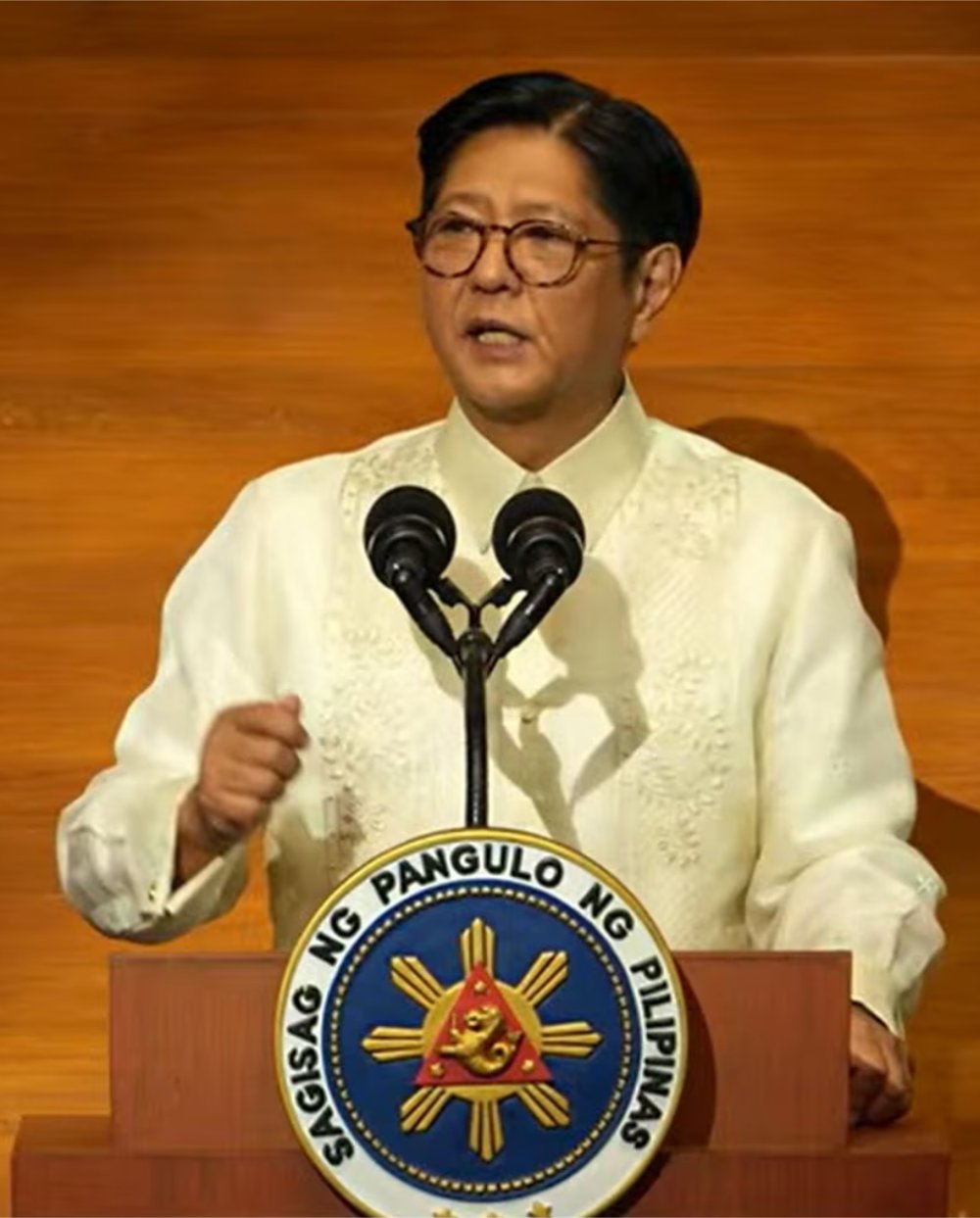
Senators, Contractors, and the Web of Influence
The scandal exploded on August 4, when Senator Panfilo Lacson revealed a damning detail: 67 legislators in 2022 were simultaneously acting as contractors for government projects. The blurred line between lawmaking and profiteering was laid bare.
A week later, Marcos named 15 major contractors who had received billions in projects from the Department of Public Works and Highways (DPWH). Many of these contractors funneled resources into areas not considered flood-prone, raising suspicions of political favoritism and corruption.
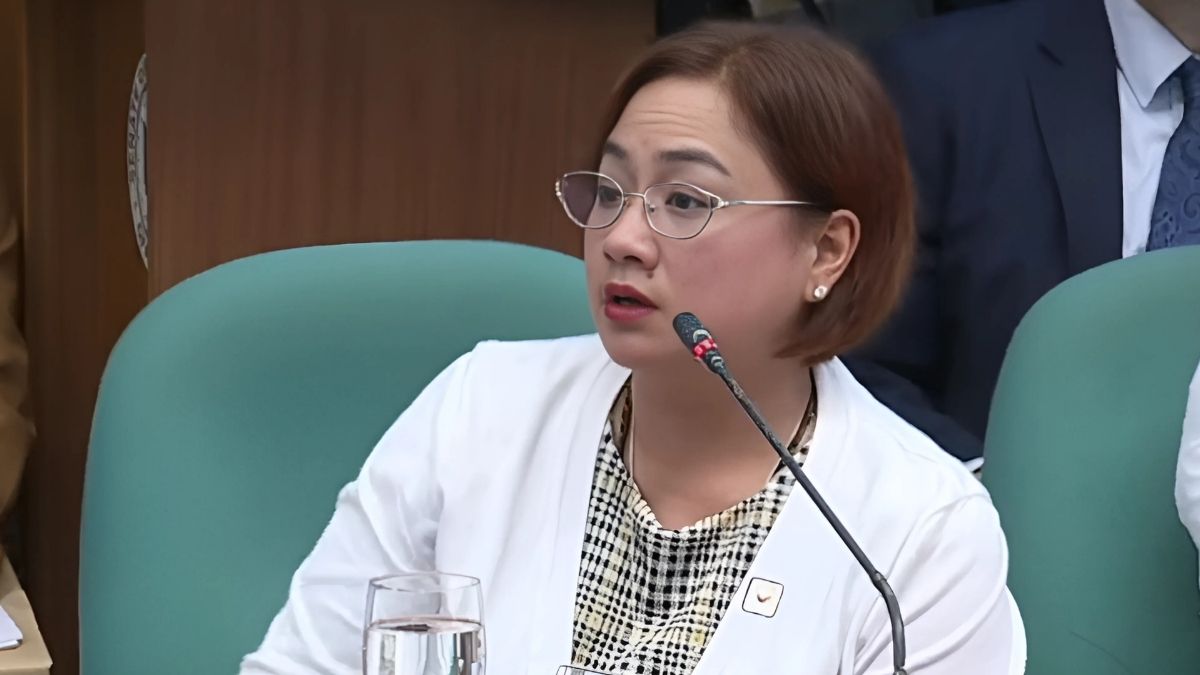
The Rise of the “Ghost Projects”
By mid-August, allegations of ghost projects—flood control structures reported as complete but either non-existent or crumbling—were circulating widely. Reports surfaced of a supposedly finished flood wall in Bulacan that collapsed during a routine inspection.
On August 15, Marcos himself traveled to Bulacan to witness the shoddy structures. What he saw confirmed suspicions: incomplete projects signed off as finished, poor-quality materials, and entire communities left vulnerable.
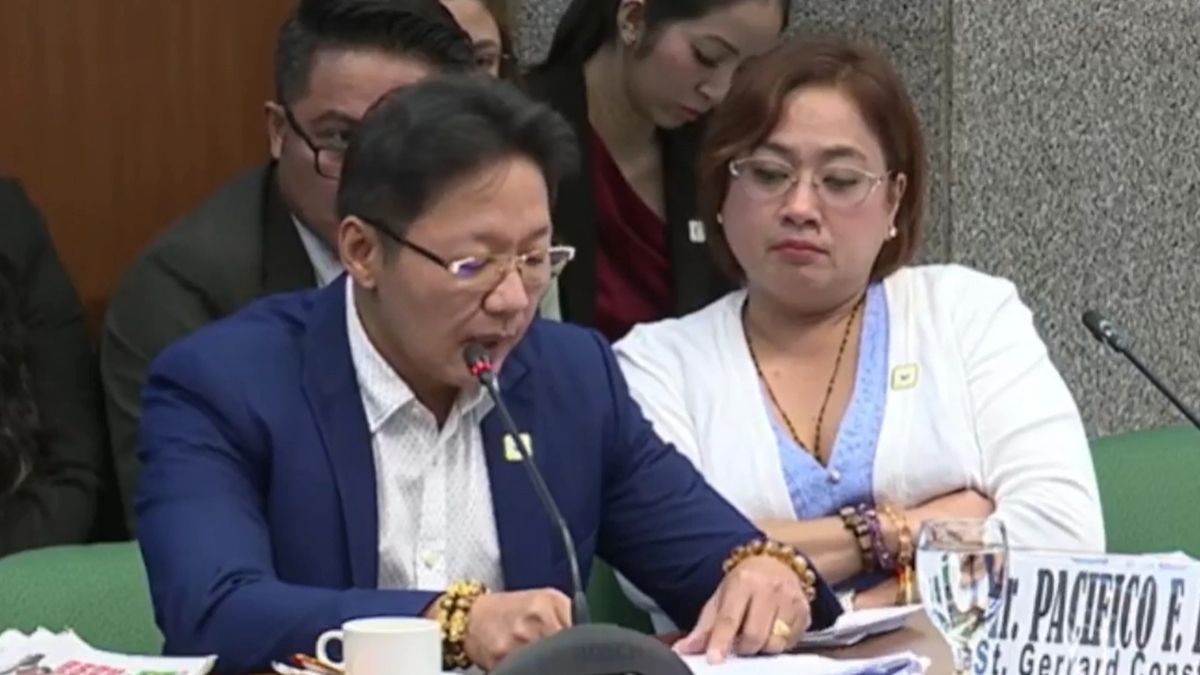
Courtesy Resignations and Blue Ribbon Hearings
As outrage grew, the administration began demanding “courtesy resignations” from DPWH officials. Several contractors were blacklisted, including firms tied to the influential Discaya family, who suddenly found themselves under the harsh glare of the Senate’s Blue Ribbon Committee.
The scandal took a dramatic turn when Sarah Discaya, wife of businessman Curlee Discaya, testified in early September. She revealed their family owned multiple construction firms and a fleet of luxury cars—an extravagant lifestyle allegedly funded by questionable government contracts.
Her testimony fueled public anger. Social media exploded with the hashtag #GhostFloodProjects, as ordinary Filipinos shared images of substandard or incomplete flood structures in their provinces.
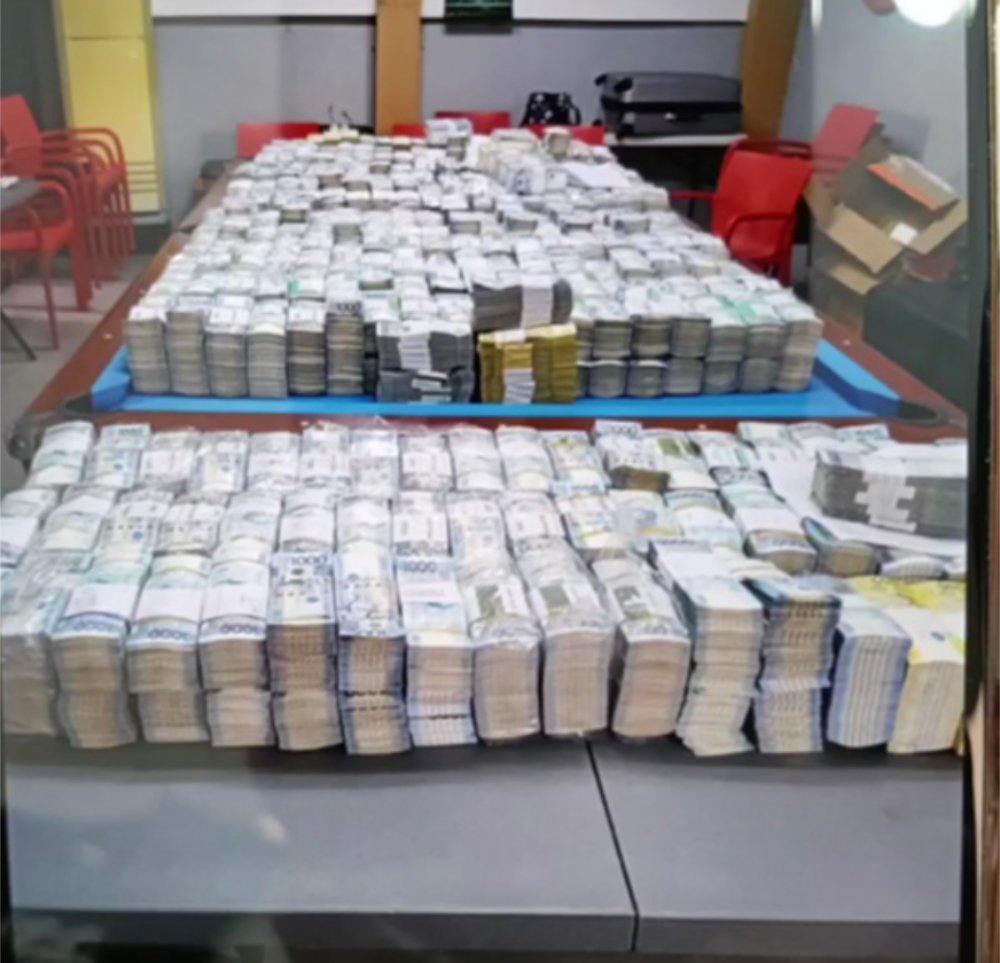
September Showdowns: Protests and Frozen Accounts
By September 8-12, more explosive details emerged: manipulated bidding, budget insertions, and contractors skipping Senate hearings. The DPWH admitted that since 2013, the Philippines had not updated its master flood control plan, leaving projects scattered and misaligned.
As public outrage boiled over, the government took harsher steps. Bank accounts of suspicious contractors were frozen. Officials linked to the scandal were suspended. Still, critics argued these were mere band-aid solutions to a deep-seated problem.
On September 21, the anger spilled into the streets. Tens of thousands gathered at Luneta, EDSA, Cebu, Bacolod, and Iloilo, demanding accountability. Protesters carried placards reading: “Stop Ghost Projects,” “Where Did Our Money Go?” and “Justice for the People.”
Echoes of History: The Martial Law Connection
The timing of the protests was symbolic. September 21 is a date etched in Philippine memory—the day Ferdinand Marcos Sr. declared Martial Law in 1972. For many, the protests were not only about corruption but also about resisting a culture of impunity that has haunted the nation for decades.
Activists emphasized the eerie parallels: grand promises from leaders, massive misuse of public funds, and ordinary Filipinos paying the price. The call was clear—this generation would not allow history to repeat itself.
What This Means for the Marcos Administration
The flood control scandal has placed Marcos Jr. in a precarious position. By initially celebrating the projects in his SONA, only to later acknowledge problems, he now faces accusations of either negligence or complicity.
Political analysts suggest that unless decisive reforms are enacted—such as strengthening bidding processes, enforcing strict audits, and prosecuting guilty officials—the scandal could tarnish Marcos’s presidency irreparably. Some even warn it could fuel wider political instability.
The Call for Reform
Experts have identified several urgent reforms:
Transparent Bidding Processes – Prevent contractors with political ties from dominating projects.
Independent Oversight – Establish citizen-led monitoring groups to audit public works.
Updated Master Plan – Create a modern, science-based national flood control blueprint.
Accountability Mechanisms – Ensure that both contractors and government officials face consequences, not just suspensions but criminal charges if warranted.
Without these changes, critics argue, the cycle of “build and betray” will continue, leaving communities at risk every rainy season.
A Nation Awakening
The Philippine flood control scandal is more than a tale of corruption. It is a story of ordinary citizens refusing to remain silent while billions vanish. It is about communities demanding dignity, safety, and honesty from their leaders.
As protesters chanted at Luneta: “Hindi kami takot sa gobyerno—takutin natin ang gobyerno!” (“We are not afraid of the government—let’s make the government fear us!”), the message was unmistakable.
For decades, Filipinos have endured corruption scandals that came and went. But this time, with the memory of Martial Law’s shadow looming and the tangible suffering of flood victims fresh in their minds, the people may finally be ready to break the cycle.
The floodwaters may recede, but the demand for justice will not.